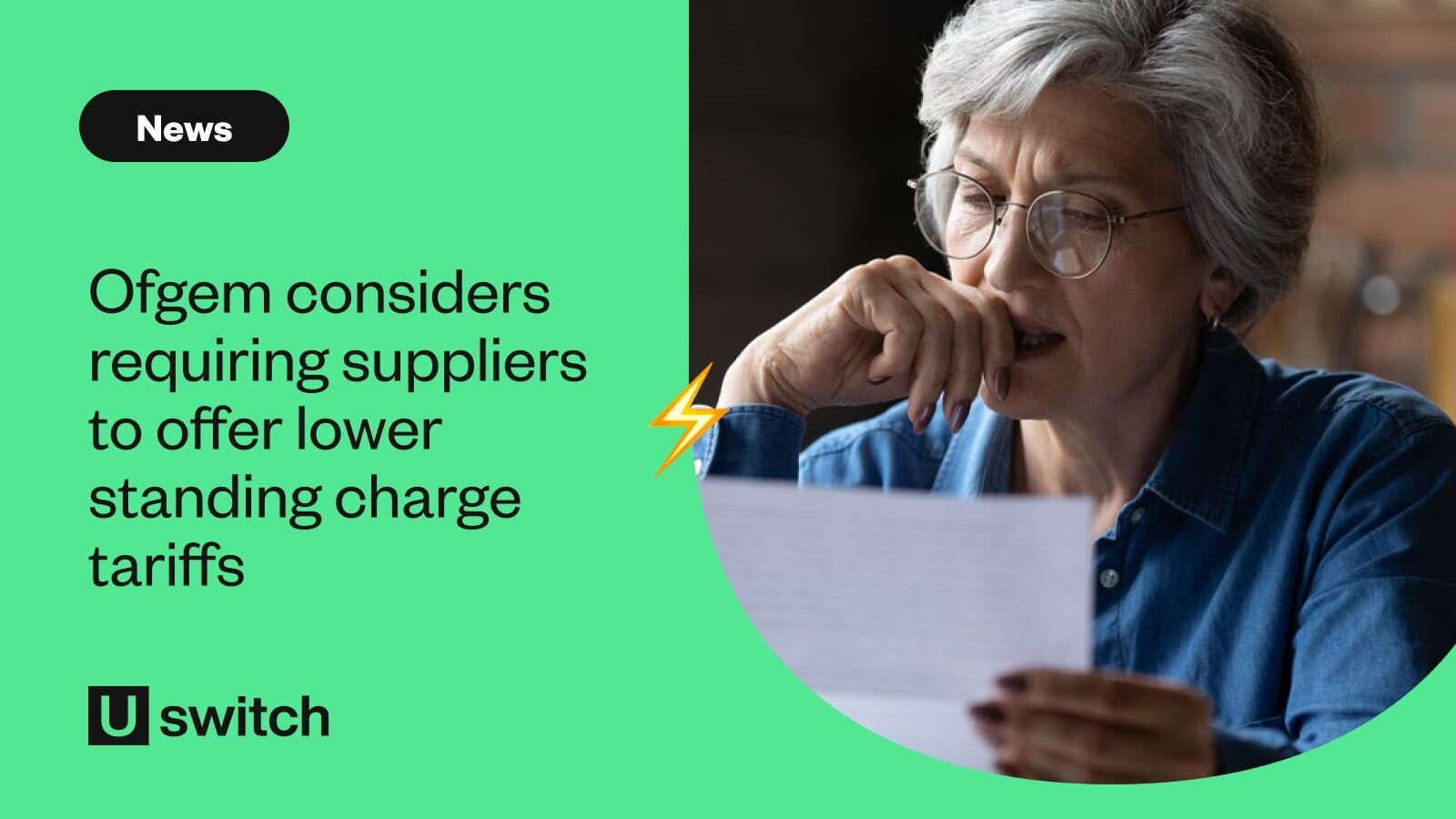Standing charges: Ofgem considers requiring suppliers to offer lower standing charge tariffs


Ofgem has today announced a consultation on a new requirement for energy suppliers to offer at least one lower standing charge tariff to customers from January 2026.
This comes after widespread criticism of high daily standing charges that customers are forced to pay regardless of the amount of energy they use, which can disproportionately affect lower-use households.
What are standing charges?
Energy bills are split into unit rates, which is the cost of the energy customers use, and standing charges, which cover the fixed costs of delivering energy to peoples’ homes and businesses, including the cost of essential maintenance and infrastructure upgrades.
What do lower standing charge tariffs mean for customers?
Unit rates on these tariffs will probably increase to cover the shortfall of the cheaper standing charge, so it’s unlikely that most customers will be able to benefit from lower bills overall.
However, there will be some customers who can reduce their bills with these tariffs if they’re single occupancy or very low usage. The introduction of these tariffs also generally offers more choice for customers to match their tariff to their needs.
Richard Neudegg, director of regulation at Uswitch.com, comments: “More options for customers is a good thing. Energy deals with lower standing charges may be worth considering for households that use less energy, although are still unlikely to be the best choice in most circumstances.
“Ofgem is proposing to require suppliers to offer a tariff with a standing charge at least £150 less than in the price cap rate — around half of the expected standing charge in the coming year — but the unit rates will be higher than the price cap rate to compensate.
“These tariffs would be available to customers on all payment types, including with smart and traditional meters, although eligibility is proposed to be limited to ensure empty second homes don’t take advantage.
“While we await the detail, a typical lower use household paying £1,266 a year on the price cap from October, might save around £55 a year taking Ofgem’s proposed lower standing charge option, taking into account how unit rates might be upweighted. That compares with a higher saving of £167 typical lower-use households might pay on the cheapest fix available on Uswitch today.
“Ofgem’s plan is also only at the consultation stage, so there’s no guarantee that these tariffs will be available by January 2026. If they do become available, it will still be really important that consumers compare them with the fixed deals available to them, as lower usage households are likely to save more choosing the most competitive tariffs available.”
What should customers do?
There will be some customers who could benefit from these tariffs but for most people, the best thing to do is to run an energy comparison to see what deals are available and how much they could save you, based on your usage and the amount you’re currently paying.
As it's unlikely there would be much difference to overall bills, it’s probably not worth waiting around to see - if you can switch and save now and you'll have been saving for months before January comes round.

Run an energy comparison
Click here to compare energy prices and get started on your energy switch.